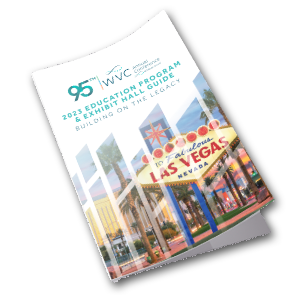Back
Small Animal
Session: Hospice Conversations: How to Answer the Question "I Just Don't Want Him to Suffer"
SA139 - Hospice Conversations: How to Answer the Question
Sunday, February 19, 2023
9:00 AM – 9:50 AM
Location: Lagoon J, Level 2
Earn 1 CE Hours

Dani McVety, DVM
CEO/Founder
LAP OF LOVE VETERINARY HOSPICE
Lutz, Florida, United States
Leslie Wolff, MRCVS (she/her/hers)
Veterinarian
Animal Clinic of Fort Atkinson
Fort Atkinson, Wisconsin, United States
Presenter(s)
Moderator(s)
When it comes to ethical-border-line euthanasia requests, we have a very important decision to make as veterinarians, but we need to ask the right questions from the start. Instead of deciding whether or not you are comfortable euthanizing that pet, the question should be “what are the alternatives for this pet.” By requesting euthanasia in the first place, the family is communicating to you that the human animal bond is broken. We can either help change the situation for them (remove the pet from their care via adoption or euthanasia), or do nothing by sending them home because “I just can’t do it.” And in my opinion, doing nothing is professional suicide; you’ve now ruined any rapport you had with that family, a small loss that does not create societal trust and respect for our profession. Helping a family, in whatever way, is far preferable than sending them home with a broken human-animal bond. Remember, medicine is not our product in the veterinary world, the human-animal bond is. Without that bond, they are not coming into our clinics. When euthanasia is requested, the family is telling us that there’s something wrong with that bond and they care enough to tell you about it instead of letting the dog or cat go on the side of the road. Let's push the boundaries a bit in this open conversation.
Learning Objectives:
- Understand the difference between medical and non-medical euthanasia and recognize the importance of euthanasia in society and the alternatives that exist (or do not exist) for unwanted animals
- Understand trends in the euthanasia decision making process of clients
- Understand various ways in which clients may interpret their pet’s quality of life and how it may affect their decision making process
- Learn specific words and phrases to use with ourselves and our team to ease the process


